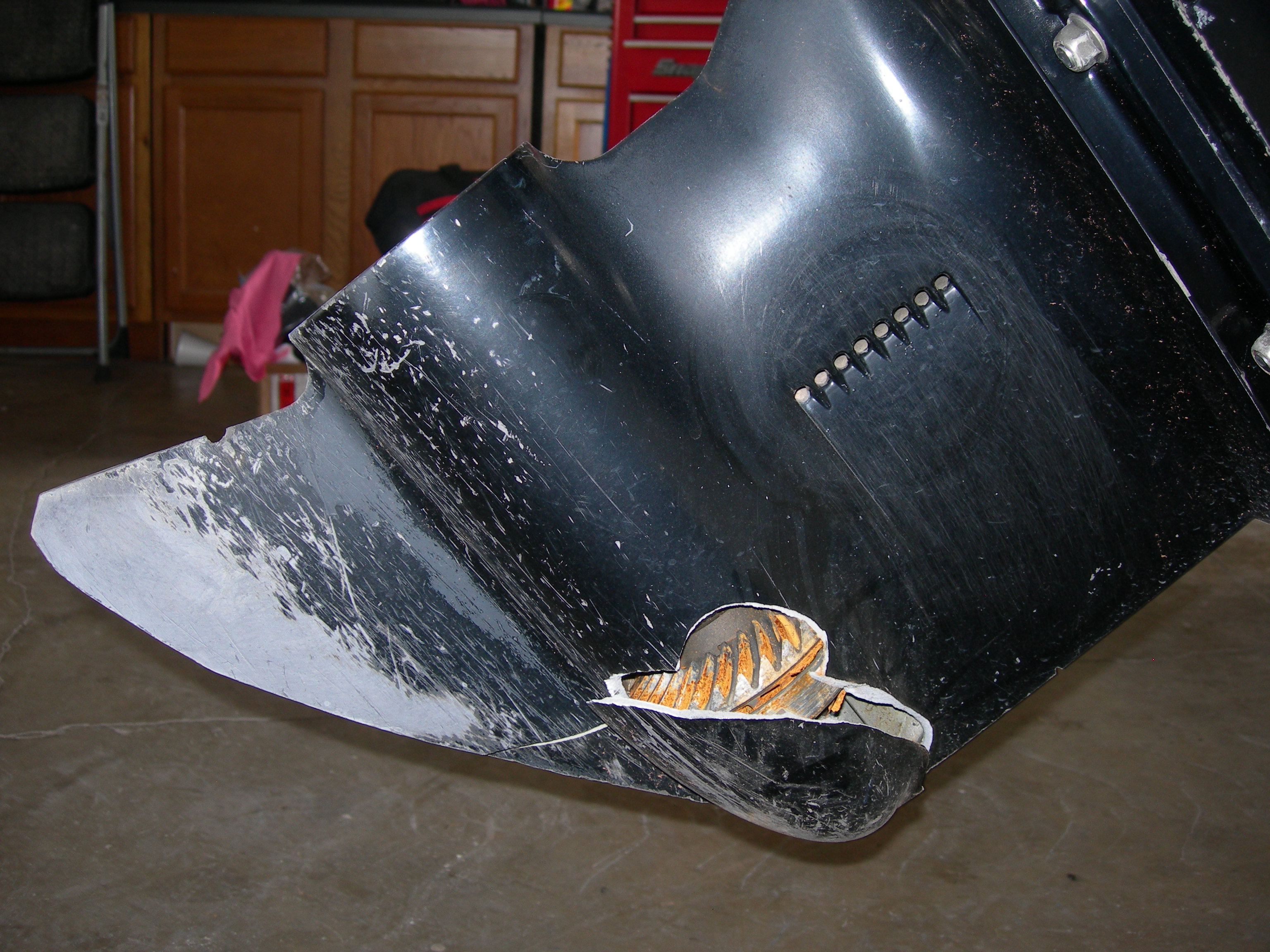

Best Practice: Disconnect the battery and ideally store it in a warm place for winter and keep the battery charged. It slowly drains its charge, and the discharged battery freezes and will not take a charge come springtime. Best Practice: Run engine long enough to fully open the thermostat and circulate antifreeze until it flows from the exhaust. It is crucial to bring the engine up to operating temperature to fully circulate the antifreeze throughout the pump, engine block, and exhaust. 2) Cooling system not fully purged of sea water. Best practice: Fill fuel tank with fresh fuel along with stabilizer and run the engine long enough to fully circulate stabilizer throughout the entire fuel system. This creates difficult spring start up and costly maintenance headaches. Common Mistakes in Boat Winterization/Best Practices 1) Didn’t stabilize the fuel.įuel breaks down and gets contaminated with water.
WINTERIZING AN INBOARD BOAT MOTOR FREE
This way, the lower unit is free from contaminants and moisture and is stored with fresh clean gear lube. The lower unit/ drive service should be performed once a year preferably in the fall. This will keep it running smoothly and maximize its longevity. What about servicing any grease fittings? Keep everything lubed to displace moisture, and ensure smooth springtime operation.Īutumn is the best time to change out the fluid on your lower end or drive.

What about your air filter and fuel filter? Clean is always better. Top off all of your fluids, and put rust preventative lubricant on all your hydraulic arms for your steering, power tilt, and trim tabs. STEP #5: STORE ENGINE WITH CLEAN OIL AND FLUIDSīeyond the fuel system and cooling system, the fall is a great time to change your oil so your engine is stored with clean oil. On larger boats you will also want to winterize your generator. With simple preventative maintenance you’ll never have to worry about the hassle of boating season repairs. It is essential to winterize boat plumbing because these lines and drains are often in hard to reach places. You’ll need to treat both the supply lines, and the drainpipes. On larger boats you’ll need to also run glycol antifreeze through your sink, shower, and toilet systems. Ideally, it would be placed on a battery charger mid-winter, and again in the springtime prior to reinstallation. It is best to remove your boat battery and store it indoors in a heated area. If your battery becomes discharged, it can actually freeze and get ruined. STEP #3: DISCONNECT THE BATTERYīy choosing to disconnect the battery, you will eliminate the possibility of a slow drain on the battery through electronics. If you aren’t confident to do this on your own, you can check out Lakeside Marine’s boat winterization specials and a certified mechanic will perform the winterization service. This assures you that all of the water has been purged from the cooling system, and that the impeller blades that pump water through the cooling system will not dry out over the winter. Once the “sea water” is drained, replace and tighten all of the plugs and then take a glycol-based antifreeze and feed it into your cooling system until it comes out of the exhaust. Remove all of the drain plugs that are naturally found throughout the cooling system in the block, the manifold, and the exhaust systems. Secondly, winterize the cooling system of the boat motor to avoid water freezing and damaging your engine through expansion of ice. STEP #2: DRAIN AND PURGE THE COOLING SYSTEM By doing this simple annual maintenance you will ensure easy start up and smooth engine performance in the springtime.Īs a side note it is a good idea to top off your fuel tank in the fall in order to reduce water condensation in your tank, which contaminates the fuel. Then run your engine in order to cycle it throughout your entire fuel delivery system including the tank, fuel lines, filters, bowls, and injectors. STEP #1: TREAT THE FUEL WITH STABILIZERįirst, you’ll want to add stabilizer to your fuel system.
WINTERIZING AN INBOARD BOAT MOTOR FULL
Ideally store in warm placeĥ) Store boat with freshly changed oil, new gear lube, and full hydraulic fluid. 5 Basics of Boat Winterization:ġ) Treat fuel with Stabilizer and run engine to circulate throughout fuel systemĢ) Drain and purge the cooling system with antifreezeģ) Disconnect the battery. Winterization for inboard motors and outboard motors share the same process.īecause an unexpected cold snap can spell disaster for your boat engine and lead to costly and time consuming repairs, it is wise to plan and schedule ahead in order to do the service on time. Be proactive about winterizing your boat and get it completed well before the first early-season freeze.


 0 kommentar(er)
0 kommentar(er)
